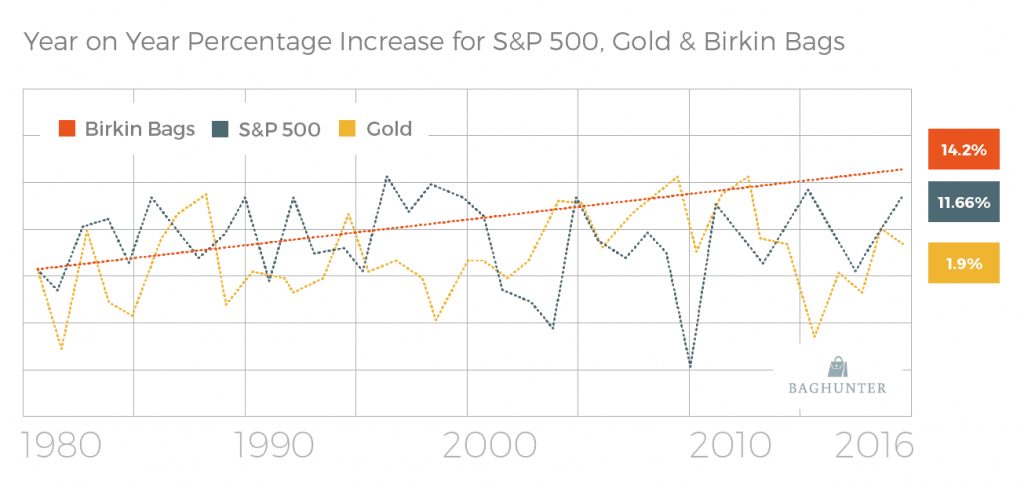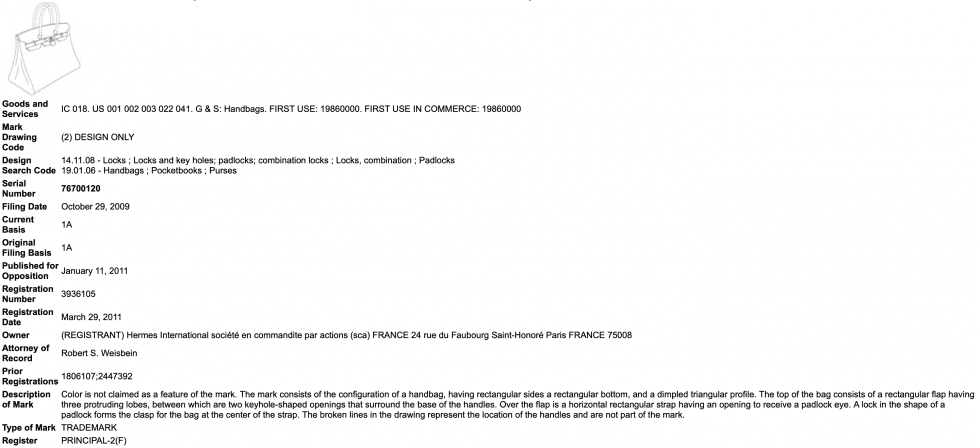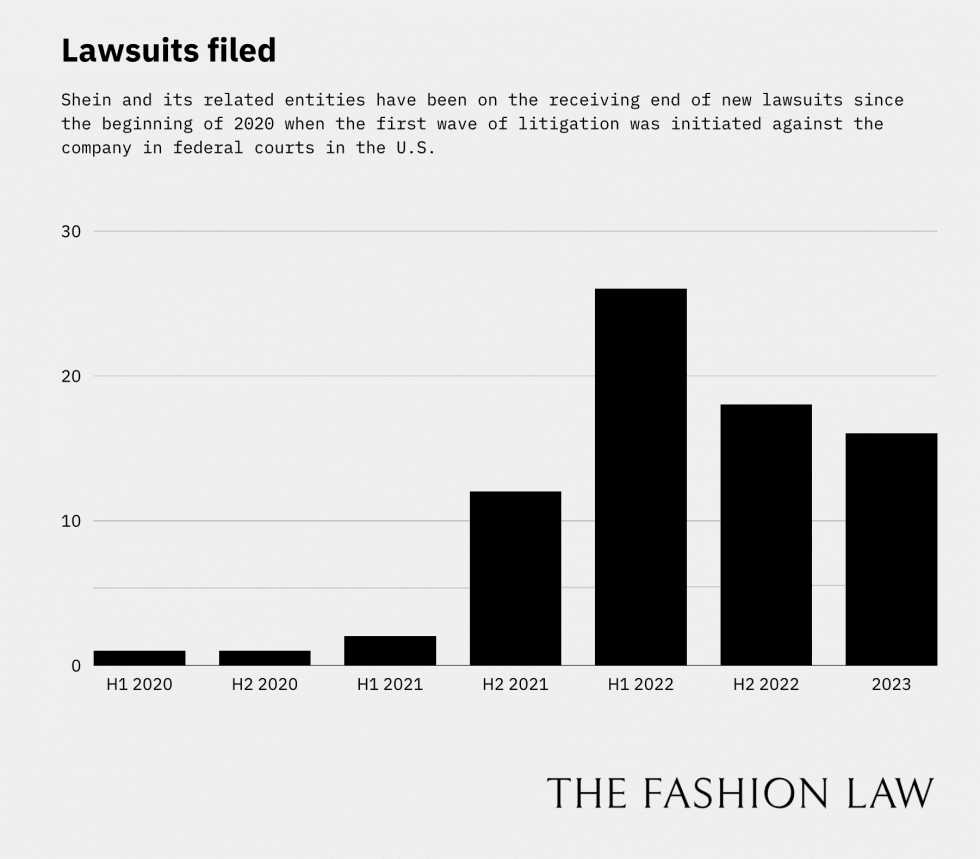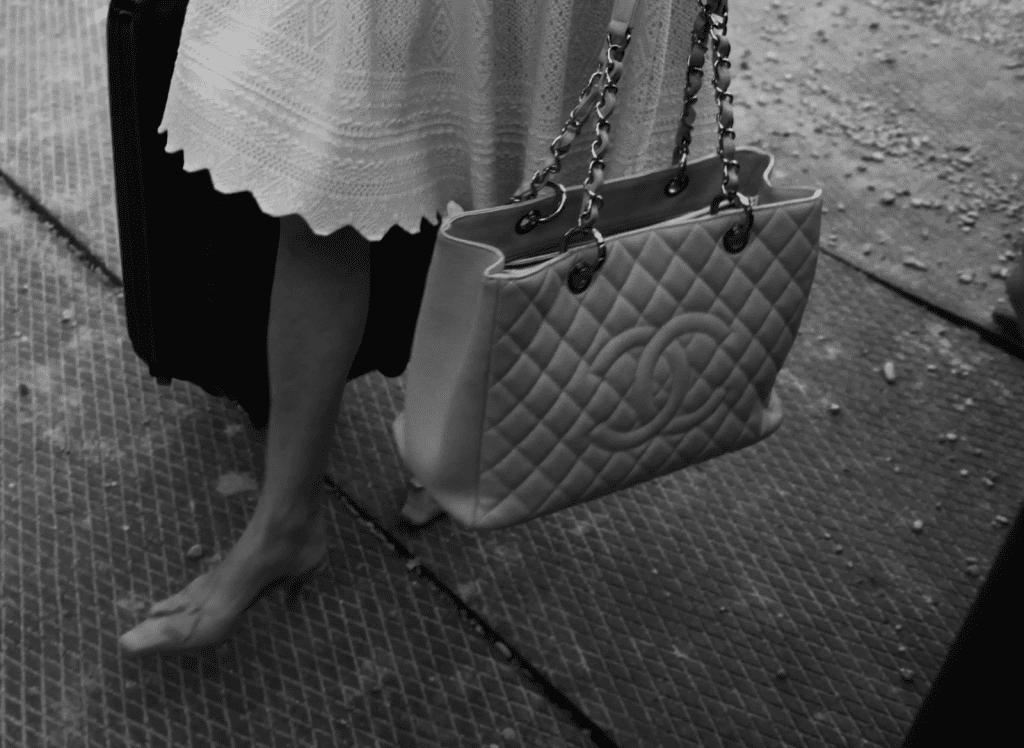From the story of how Barbie-maker Mattel built up rights in a color that combines “magenta and pink” for use on things like dolls, corresponding toys/accessories, apparel and accessories for humans, various forms of media, etc., and a deep dive into what quiet luxury could mean for companies that are not necessarily looking to eschew branding altogether … to an look at whether “investment” bags are actually good investments and how Hermès created (and maintained demand for) one of the most iconic and coveted handbags in the market, here is a look at some of our favorite fashion law and business reads that TFL published in 2023 …
1. What Does Quiet Luxury Mean from a Trademark Perspective?
The rise of quiet luxury and the corresponding movement away from logos is not the same as doing away with visible branding altogether, something few brands would be willing to do. With this in mind, if the current trend of consumers eschewing ubiquitous logos plays out in a meaningful way for brands beyond those that have built their businesses by offering high-end, logo-free pieces to ultra-high-net-worth consumers, such as Brunello Cucinelli and Lora Piana, other elements of branding will take on a new level of importance/relevance.
2. The Potential Paradox of the Investment Handbag
There may be some consensus that luxury goods “can sometimes hedge against inflation when they appreciate in value,” as Bay Street Capital Holdings founder William Huston told MarketWatch this summer. However, the prospect of handbags as assets is not without nuance, particularly when compared to things like the S&P 500 and gold ETFs and futures, and it is not without skeptics. In short: The prospective gains at hand may not be a straightforward as saying that the rising value of Birkin bags will necessarily outperform the general stock market.

3. Barbie Pink: What Do Mattel’s Rights in the Valuable Color Look Like?
A lack of trademark registrations for pink hues for Mattel is hardly the whole picture, as trademark rights are garnered through the use of a mark (not registration of it) and Barbie has been partying in multiple pink hues for decades, with Pantone 219C – a color that combines “magenta and pink” – being the most prominent among them. In fact, all signs seem to point to Mattel maintaining rights in the specific Pantone hue for use on products in its immediate orbit – i.e., on things like dolls, corresponding toys/accessories, apparel and accessories for humans, various forms of media, etc. – due to years of consistent use of the Pantone 219C shade.
4. State of the Fake: A Snapshot of the Global Counterfeit Market
Even with companies’ hefty budgets for brand protection efforts, the market for fakes continues to rise, driven by a confluence of factors – from the increased availability and ease with which these goods can be purchased to an overarching evolution in how consumers have come to view counterfeits. Put simply, the counterfeit game is changing.
The days of low-quality knockoffs are not over, but at the same time, a new category of counterfeits – “superfakes” – has garnered headlines and interest from consumers.
5. From the Future of Fashion to the Brink of Collapse, What Happened to Farfetch?
Even if the signs of Farfetch’s eventual downfall were there for a while, a few things seemed to either mask what the Financial Times has called “cracks in [the Farfetch] business model” or to at least lengthen its runway. Maybe most significantly: COVID-19. At the same time, leading up to – and in the wake of – its initial public offering, Farfetch had a fair share of the media on its side, helping to skew the narrative in its favor and its valuation in the process.
6. The Hermès Birkin: Breaking Down the Building of an “It” Bag
Few brands have been as successful at positioning themselves in the mold of sheer luxury and cultivating ravenous demand as Hermès. Prior to the steady rise of the online resale market, the Birkin bag – which was first introduced in 1984 – was more a thing of urban luxury lore than it was an actually-attainable-accessory.

7. Balenciaga: A Year After It Was Nearly Cancelled, a Look at the State of the Brand
As of March 2023, there were signs of a comeback for Balenciaga and its creative director Demna – who managed to remain in his role amid the ad campaign fallout, as did CEO Cédric Charbit – seemed to be quietly coming about. In one of the earliest indications that a meaningful – and undoubtedly meticulously-crafted – rehabilitation effort was underway, the New Yorker published an interview with Demna, documenting in no truncated manner his utterly-unique approach to fashion/luxury and outlandishly-influential hold on the industry.
8. How Companies Use Trademarks to Influence Consumers & What They Buy
In addition to the conditioning that goes into getting consumers to associate a certain brand with certain goods/services, conditioning and reinforcement also enable companies to develop consumer preference by getting them to associate certain qualities with a brand. This is especially important for companies in saturated markets, such as fashion, luxury, sportswear, etc., “where the products are mature, and they often exhibit only minor differences in quality.”
9. Shein: A Look at the Legal Landscape for an Ultra-Fast Fashion Giant
We took a dive into the state of Shein’s legal dealings, looking exclusively at the complaints waged against it and its related entities (collectively, “Shein”) in federal courts in the U.S. At a high level, we found that Shein has been on the receiving end of new lawsuits since the beginning of 2020 when the first wave of litigation was initiated against the company in federal courts in the U.S. By our count, Shein is currently facing upwards of 30 ongoing cases.

10. From Tiffany & Co. to Daniel Roth: A Hard Luxury Push is Underway at LVMH
As for why LVMH is opting to position Daniel Roth to sit prominently alongside its other watch brands, including Bulgari, Chaumet, TAG Heuer, Fred, Hublot and Zenith, as well as Louis Vuitton, Dior, and Tiffany & Company, which also offer up timepieces, the move falls neatly in line with a broader practice of companies – including LVMH – reviving dormant luxury brands.
11. Initial Public Offerings and the Impact of Intangible Assets
Against the background of an evolving market and in light of reports about what companies are expected to list next (names like Shein, Italian footwear brand Golden Goose, Kim Kardashian’s SKIMS, Tory Burch, sustainable fashion brand Reformation, e-commerce tech company Rokt, activewear-maker Vuori, and Spanish fashion retailer Tendam have been raised), one element worth considering is intangible assets. After all, it is well established that the value of intangible assets, including intellectual property, can make up a large portion of a company’s market value, and thus, make for a critical consideration in investment decisions.
12. Luxury M&A: Brands Can Do Better With a Conglomerate Behind Them
The outlook for standalone brands in the fashion and luxury sphere is becoming increasingly “tricky,” Reuters reported back in 2019, noting that “cash rich conglomerates like LVMH Moët Hennessy Louis Vuitton and Kering are drowning out competitors with [their over-sized] spending on social media marketing and their hiring of star designers.” At the same time, luxury groups are particularly well-positioned to invest (and invest big) in markets like mainland China, especially compared to their independently-owned counterparts











